Article Topics
As the popularity and acceptance of medical marijuana continues to grow across the United States and worldwide, more and more people are seeking reliable information about its uses, benefits, and potential risks. Navigating the complex world of medical marijuana can be challenging, particularly for individuals who are new to this alternative form of therapy.
To address these concerns and provide clear, evidence-based answers to the most frequently asked questions about medical marijuana, we have compiled a comprehensive FAQ to help both patients and the general public make educated decisions about their healthcare options. From understanding the legality of medical marijuana to its efficacy in treating various medical conditions, our guide will equip you with essential knowledge and insights on this increasingly popular treatment option.
1. Is Medical Marijuana Legal?
The legality of medical marijuana varies across the United States, with currently 36 states, the District of Columbia, Guam, Puerto Rico, and the U.S. Virgin Islands permitting its use for certain medical conditions. However, despite state-level legalization, marijuana remains classified as a Schedule I drug under federal law, which means possessing, distributing, or selling it is still considered illegal by the federal government. Patients using medical marijuana must familiarize themselves with their state’s specific regulations and guidelines to ensure they are in compliance with the law.
2. What Conditions Can Medical Marijuana Treat?
Medical marijuana can be used to treat or alleviate symptoms associated with various medical conditions, including but not limited to:
– Multiple sclerosis
– Epilepsy
– Parkinson’s disease
– Inflammatory bowel diseases (Crohn’s disease and ulcerative colitis)
– Glaucoma
– HIV/AIDS
– Cancer (particularly chemotherapy-induced nausea and vomiting)
– Post-traumatic stress disorder (PTSD/PTS)
It is essential to consult with a qualified healthcare provider to determine if medical marijuana is a viable treatment option for your specific condition.
3. How Does Medical Marijuana Work?
Medical marijuana’s therapeutic effects are primarily due to its active compounds, known as cannabinoids. The two primary cannabinoids are delta-9-tetrahydrocannabinol (THC) and cannabidiol (CBD). These compounds interact with the body’s endocannabinoid system, a complex cell-signaling system that helps regulate various functions, including mood, pain, inflammation, and immune response. By binding to cannabinoid receptors in the brain and other areas of the body, THC and CBD can alleviate pain, reduce inflammation, and modulate other physiological processes to provide symptom relief.
4. How Is Medical Marijuana Administered?
Medical marijuana can be administered through several methods, each with its advantages and disadvantages:
– Inhalation (Smoking or Vaporizing): Offers rapid onset of effects (within minutes) but may pose respiratory risks associated with smoking.
– Oral (Edibles, Tinctures, or Capsules): Provides longer-lasting relief but may take up to two hours to take effect.
– Topical (Lotions, Balms, or Patches): Ideal for localized pain relief without systemic effects.
– Rectal or Vaginal Suppositories: Provides targeted relief for specific conditions while minimizing psychoactive effects.
Patients should work closely with their healthcare provider to determine the most appropriate method of administration for their specific needs and preferences.
5. What Are the Potential Side Effects of Medical Marijuana?
Although medical marijuana is generally well-tolerated, it can cause side effects depending on the patient, dosage, and method of administration. Common side effects may include:
– Dry mouth
– Dizziness
– Drowsiness
– Increased appetite
– Red eyes
– Short-term memory impairment
– Altered sense of time
– Anxiety or paranoia (usually with high-THC strains or excessive dosages)
Most side effects are mild and temporary. However, patients should discuss any concerns with their healthcare provider and closely monitor their response to medical marijuana treatment.
6. Can You Overdose on Medical Marijuana?
There have been no recorded cases of fatal overdose from marijuana use. However, excessive consumption of marijuana, particularly high-THC strains or potent edibles, can lead to uncomfortable or potentially dangerous symptoms such as extreme dizziness, vomiting, hallucinations, and increased heart rate. It is crucial for patients to follow their healthcare provider’s dosage recommendations and exercise caution when consuming medical marijuana, especially in concentrated or edible forms.
7. How Do I Obtain Medical Marijuana?
To obtain medical marijuana, patients must first meet specific eligibility criteria, which vary by state. These steps typically include:
- Consult with a qualified healthcare provider to determine if medical marijuana is appropriate for your condition.
- Obtain a written recommendation from your provider.
- Apply for a medical marijuana identification card if required by your state.
- Locate a reputable dispensary or pharmacy to purchase medical marijuana products.
While both types of marijuana are derived from the same source, they are intended for different purposes and subject to different regulations. Medical marijuana is used to alleviate symptoms of specific medical conditions and is generally subject to stricter quality control measures, lab testing, and patient record-keeping. In contrast, recreational marijuana is intended for adult use without any specific medical indication and may not undergo the same rigorous testing process.
9. Can You Become Addicted to Medical Marijuana?
While the risk of addiction to medical marijuana is relatively low compared to other substances like opioids, a small percentage of users may develop Cannabis Use Disorder, a condition characterized by excessive use, dependence, and negative impacts on daily life. Patients must work closely with their healthcare provider to monitor their usage patterns and ensure responsible and safe use of medical marijuana.
10. How Long Does Medical Marijuana Stay in Your System?
The duration of medical marijuana’s presence in the body varies depending on factors like the individual’s metabolism, frequency of use, and method of administration. In general, THC metabolites can be detected in urine tests for up to 30 days after last use, while blood tests may show the presence of THC for up to 4 hours after smoking or 25 hours after oral ingestion.
Empowering Patients with Knowledge of Medical Marijuana
By addressing the most frequently asked questions regarding medical marijuana, we aim to provide patients and the general public with a better understanding of this increasingly popular treatment option. As the world of medical cannabis continues to evolve, staying up to date on the latest research, legal developments, and medical applications is crucial for informed decision-making.
At United Patients Group, we are committed to providing reliable, evidence-based resources and expert guidance to empower patients in navigating the complex field of medical cannabis. To delve deeper into the world of medical marijuana and stay informed about the latest advancements, research findings, and practical tips, sign up for our newsletter now and explore our extensive archive of expert articles, success stories, and product reviews. Your journey towards a healthier, more vibrant life starts with knowledge, and we are here to support you every step of the way.

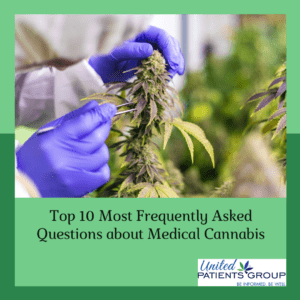
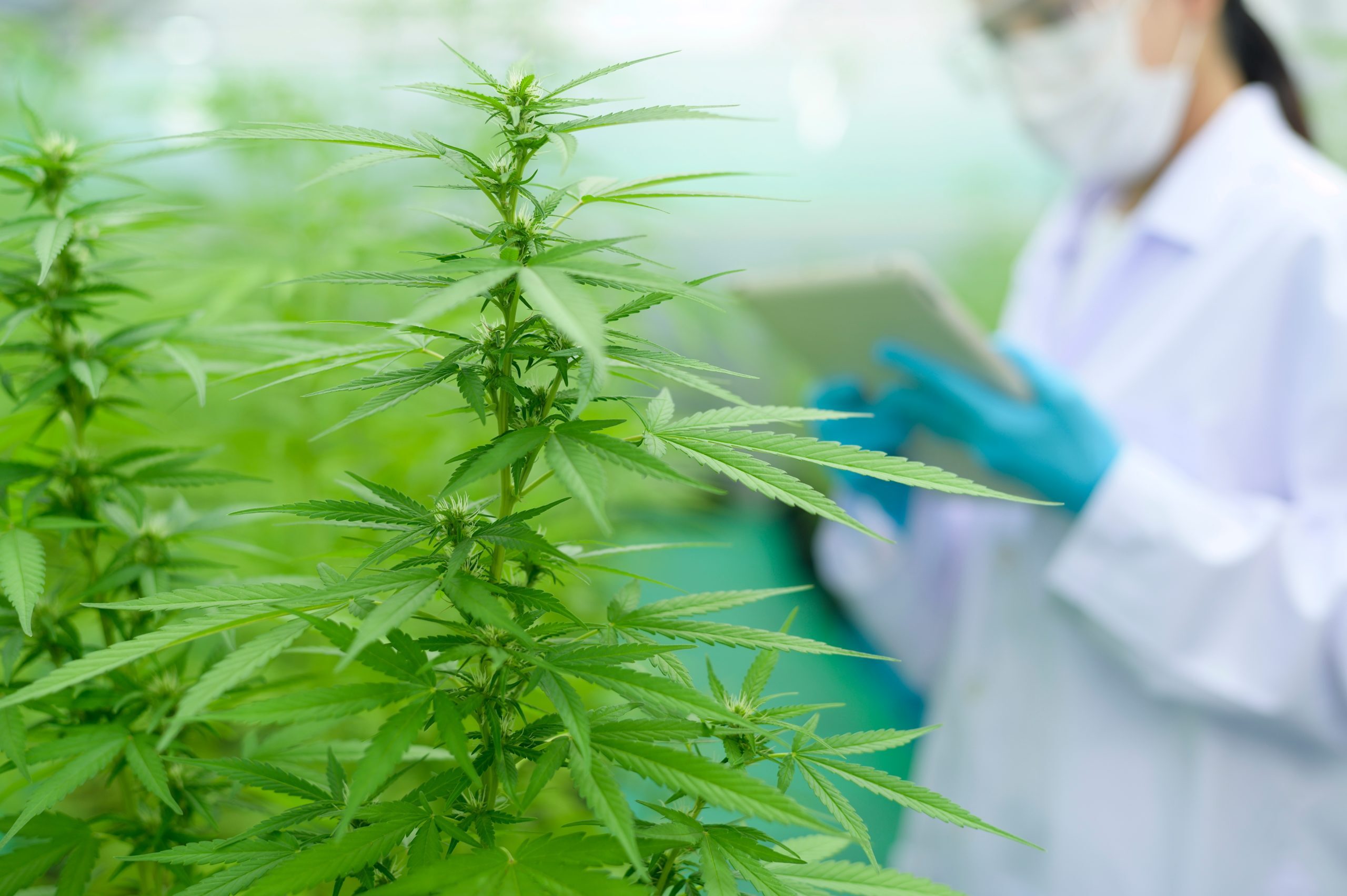

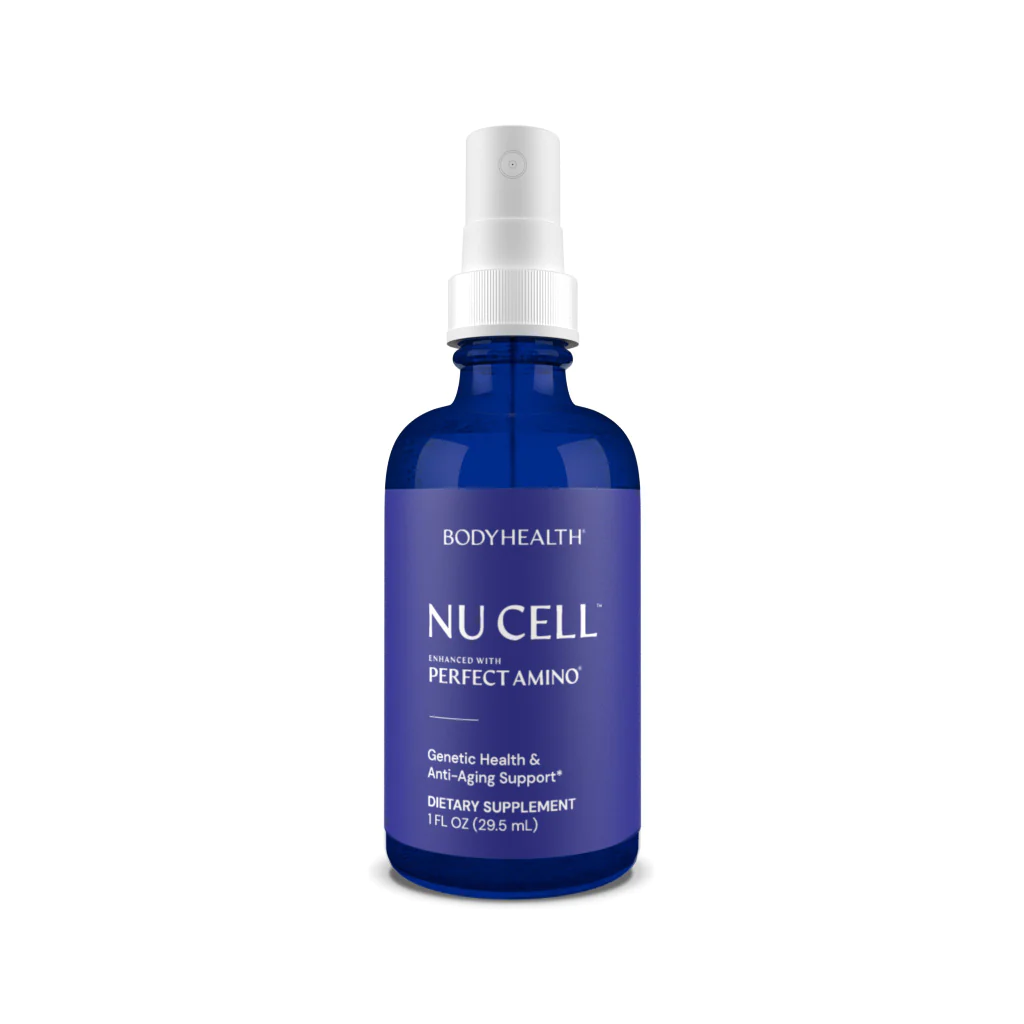






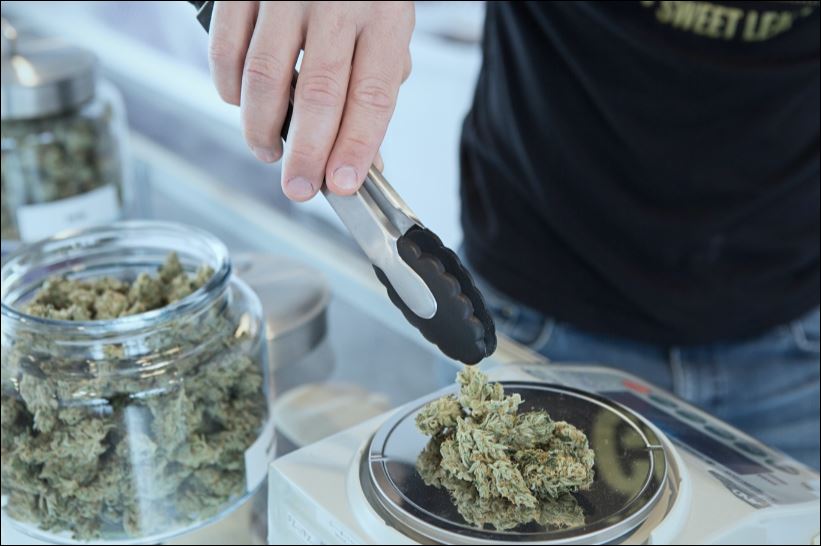

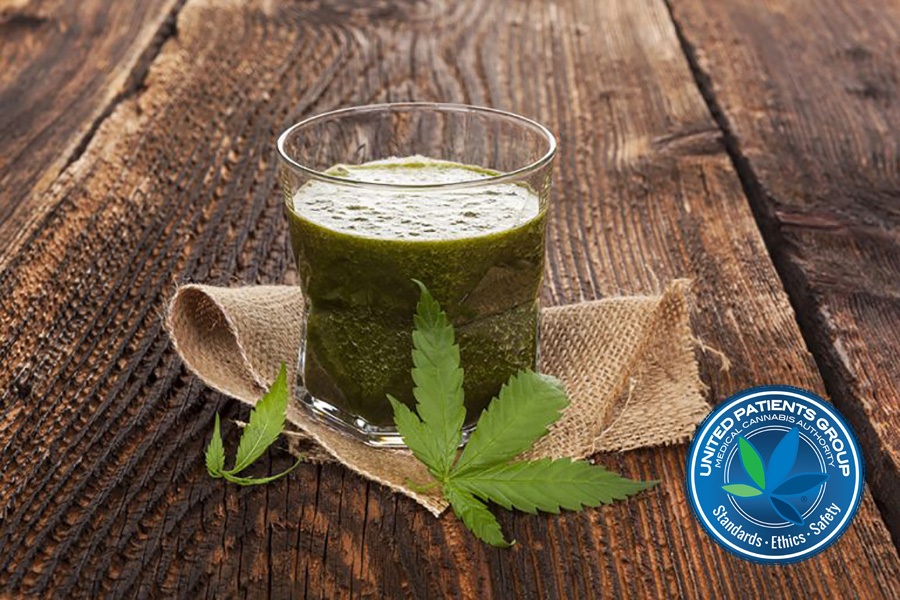
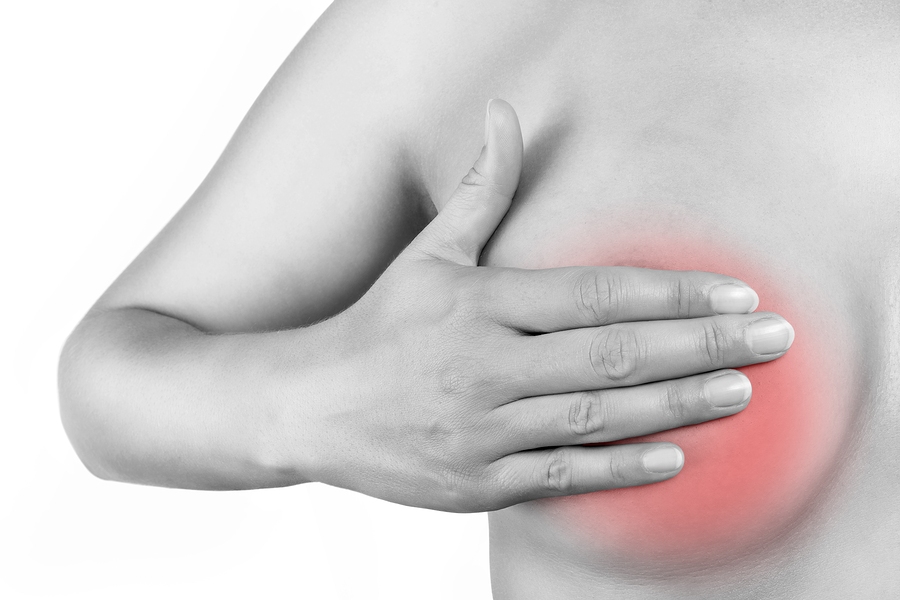



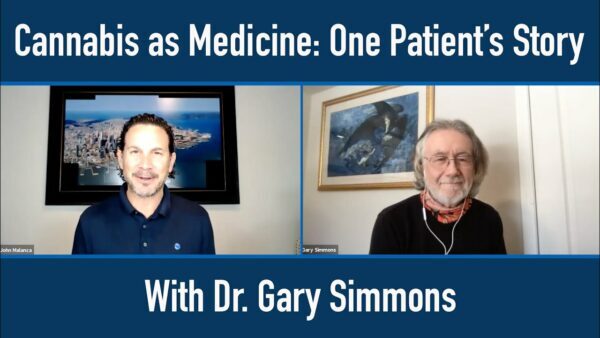
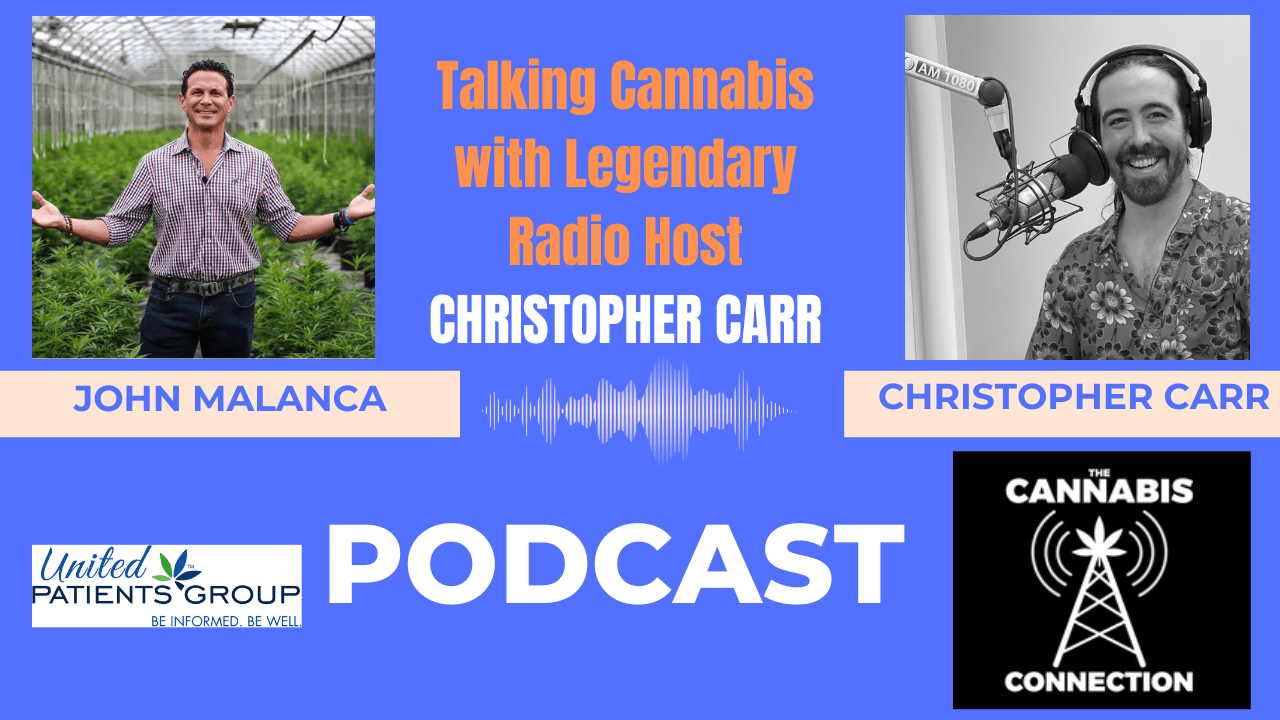



















Leave a Reply Cancel reply